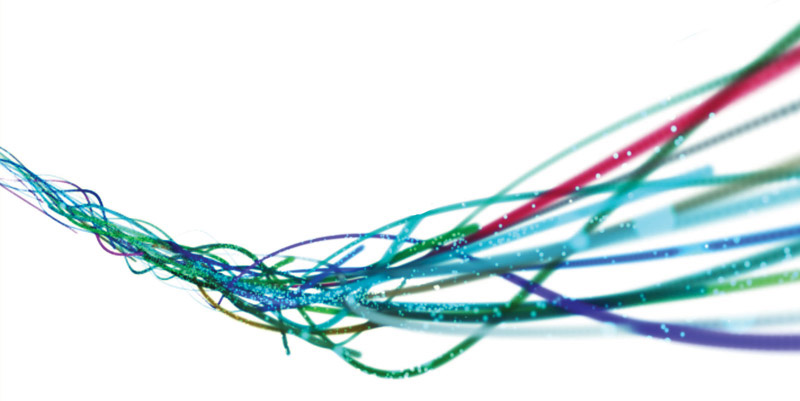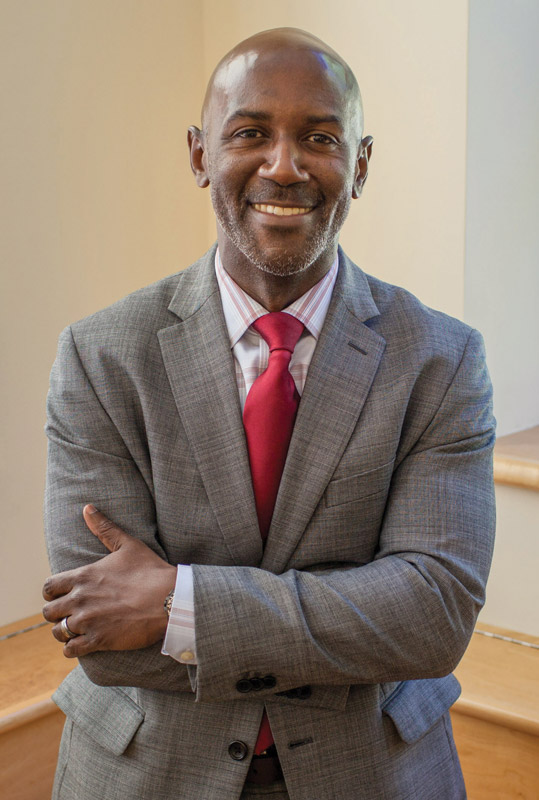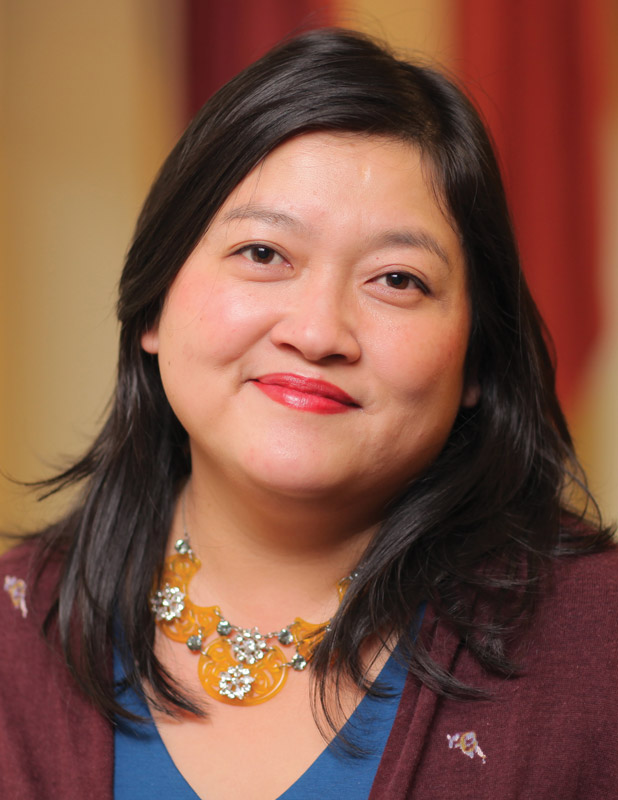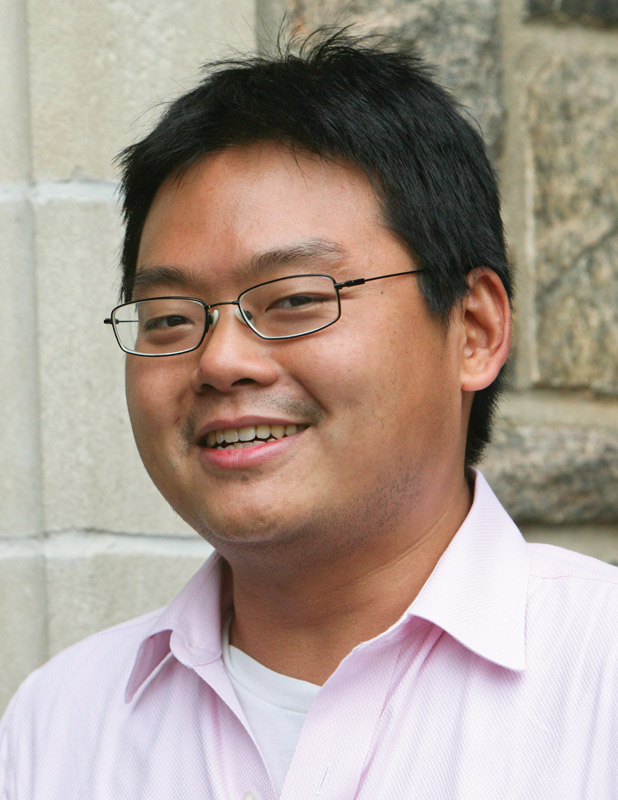NSF Grants to Bolster Science and Humanities Research

Economics professor Ben Ho had a big problem. One of his research tasks involved analyzing data from a thermostat company to learn about temperature-adjustment habits in 60,000 households, but in order to do that he needed to download millions of files containing 50 billion observations. (That’s not a typo. Billions.) Using Vassar’s current infrastructure it took Ho two weeks to download all of the files. While the professor admits there may have been several factors contributing to the slow speed, there’s one thing that’s not in dispute. “A faster network would have helped tremendously,” he says.

Early in 2014, Michael Cato, Vassar’s chief information officer, identified grant opportunities via the National Science Foundation (NSF) that would allow Vassar to make major computing upgrades. With the help of Gary Hohenberger ’97, director of corporate, foundation, and government relations in Vassar’s Grants Office, Cato and his staff were able to finish the grant proposals in just three weeks. Cato says a brief morning meeting with his team and Hohenberger each day, known as “the daily scrum,” was instrumental in getting the proposals done. As Cato explains, this daily ritual meant “challenges never went longer than 24 hours without being raised to the entire group.” It paid off: Ultimately, the NSF awarded Vassar two grants totaling $624,000.
The grants come from NSF’s Campus Cyberinfrastructure–Infrastructure, Innovation and Engineering Program (CC*IIE). Among its priorities is helping professors at small institutions to more readily participate in virtual research with peer institutions of all sizes across the country and around the world.
The NSF recognizes “the increasingly key role campus networks play in scientific discovery and education,” says Irene Qualters, director of the advanced cyberinfrastructure division at the NSF.
These grants will allow for considerable expansion of the college’s computing capacity and security as part of a larger infrastructure initiative, enabling faculty to more effectively participate in large-scale data analysis and Internet-based research collaborations. As a result, Vassar will more than double its digital bandwidth and gain the capacity for its faculty to participate in the advanced Internet2 research network, a nonprofit consortium whose members include major higher education research institutions, industry, and government.

NSF grants of this nature are typically given to large research institutions, but Vassar, too, boasts an ambitious and productive faculty research agenda. Just since 2007, Vassar faculty members have earned 30 NSF grants totaling more than $9.5 million in subject areas ranging from chemistry to cognitive science and economics to earth science. In reviewing the proposal, “NSF repeatedly noted the strong connections that the proposal made between the technologies proposed and the work of Vassar faculty,” says Cato.
The challenges of intense research are not just experienced in the sciences; the humanities face their own set of obstacles. Dorothy Kim, associate professor of English, ran into roadblocks while directing the Archive of Early Middle English project, funded by the National Endowment for the Humanities. Building that digital archive involved handling 500 image files at about 100 megabytes each, large enough to allow users to zoom in on details. Because of Vassar’s limitations, Kim needed to rely on server and development space at other institutions; her project collaborators made it possible to store these materials.
Kim notes that a lack of adequate computing infrastructure can be a project killer. “If I were not in a collaborative project and had found a way to provide stable, archivable, and functional computing spaces,” she says, “I would not have been able to apply for these grants. Without a viable sustainability plan [for computing], the grant agencies will kill a proposal.”
One of the grants awarded to Vassar directly addresses the kinds of issues facing Ho and Kim. The $324,000 grant will be used to build a next-generation research computing network for Vassar, which among other gains will dramatically reduce and remove barriers to the free flow of data, explains Cato.

Improvements made possible by the NSF grant also will open up a variety of new and improved research capabilities. For example, professors will be able to more readily access remote scientific equipment, such as sensor networks to monitor physical conditions (including weather and animal behavior). Technically, the computing upgrades will establish a high-capacity backbone to facilitate high-speed data transmission across the Vassar network and allow for the design and configuration of a Science DMZ—a network architecture explicitly designed for high-performance applications.
A broader computing infrastructure for collaborative projects naturally leads to more complex cybersecurity issues. As a result, the second NSF grant of $300,000 will be used for an identity and access management system, “so that we can better and more securely organize who has access to what, and when,” says Cato. This new system will allow for great flexibility in granting on- and off-campus users access to data through the creation of virtual organizations.
The NSF grants come at an ideal time for Vassar, with the college slated to complete its Integrated Science Center project in 2016. The project’s ambitious facility renovations and new construction will bring the biology, chemistry, cognitive science, computer science, physics and astronomy, and psychology departments into close physical proximity on campus. The complex will serve as the initial focal point for the dedicated science-research network (the Science DMZ) that the larger NSF grant will make possible.
Ho is buoyed by the new possibilities the upgrades will bring. “Anything that would reduce the amount of personal time it takes for me to access and manipulate data would allow me to work more,” he says. “I have been working with a major website to better understand how people donate to charities. That project has required analyzing tens of thousands of tax filings. Who knows what else the future holds.”
